1. We’d Be Living on the Moon
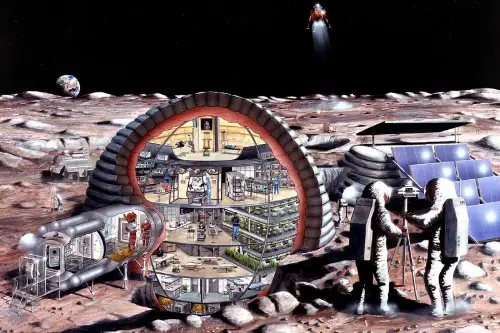
The moon landing in 1969 sparked a wave of lunar enthusiasm, and many Americans believed moon colonies were just a few decades away. NASA even had conceptual plans for permanent lunar bases by the 1980s. Sci-fi books and TV shows made it seem inevitable that we’d be sipping Tang in moon domes by now. It was the ultimate symbol of human progress and space-age ambition.
But after the Apollo missions ended, public interest and funding waned. The moon turned out to be a harsh, expensive place to live, and priorities shifted back to Earth. While we’re talking about going back now, it’s been over 50 years since humans last set foot there. So much for that moon real estate boom.
2. Robots Would Replace All Human Jobs
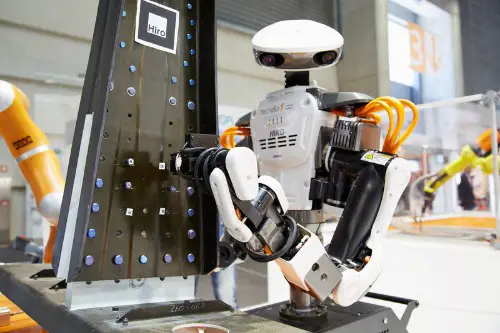
In the 1980s and ’90s, there was a widespread fear that robots would take over every job, from factory work to flipping burgers. Movies like RoboCop and The Terminator didn’t help, painting a future where machines ruled and humans were obsolete. Economists and futurists predicted mass unemployment and a society struggling to find purpose. The anxiety was real, and it shaped a lot of public discourse.
While automation has definitely changed the workforce, it hasn’t replaced humans entirely. Instead, it’s shifted the kinds of jobs we do—think data analysts, app developers, and drone operators. Many industries still rely heavily on human judgment, creativity, and empathy. So no, your barista hasn’t been replaced by a robot (yet).
3. We’d All Be Driving Flying Cars by Now
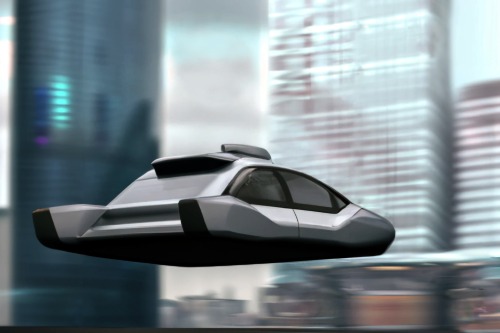
Back in the 1950s and ’60s, Americans were absolutely convinced that flying cars were just around the corner. Magazines like Popular Mechanics were filled with illustrations of sleek airborne vehicles zipping through futuristic cities. The idea was that traffic jams would be a thing of the past and we’d all be commuting Jetsons-style. It was a symbol of postwar optimism and the belief that technology could solve anything.
Fast forward to today, and while prototypes exist, flying cars are nowhere near mainstream. They’re expensive, noisy, and face huge regulatory and infrastructure hurdles. Turns out, making a car that flies safely and affordably is a lot harder than it looked in cartoons. So for now, we’re still stuck in traffic—just with better podcasts.
4. Nuclear Power Would Be in Every Home
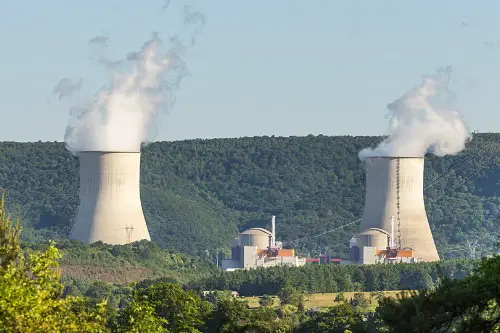
In the 1950s, nuclear energy was seen as the miracle power source of the future. There were even serious discussions about nuclear-powered cars, planes, and personal reactors. The idea was that electricity would be so cheap and abundant, it wouldn’t even be metered. “Atoms for Peace” was the slogan, and it captured the era’s techno-optimism.
But then came Three Mile Island, Chernobyl, and Fukushima. Public trust in nuclear energy plummeted, and safety concerns took center stage. Today, nuclear power is still part of the energy mix, but it’s far from the dominant force people once imagined. And no, you definitely don’t have a nuclear reactor in your garage.
5. Everyone Would Have a Personal Jetpack
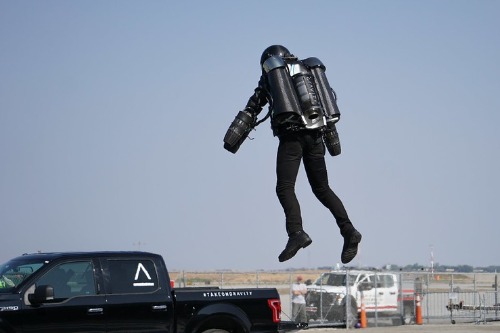
Jetpacks were the ultimate symbol of futuristic freedom in mid-20th-century America. They showed up in everything from James Bond movies to The Jetsons, promising a world where you could just strap in and soar to work. The U.S. military even experimented with them in the 1960s. It felt like the next logical step after airplanes.
But jetpacks turned out to be wildly impractical. They’re hard to control, have limited fuel, and are incredibly dangerous. A few modern versions exist, but they’re mostly for stunt shows or extreme sports. So unless you’re a daredevil with a death wish, you’re probably not commuting by jetpack anytime soon.
6. We’d Communicate via Video Phones All the Time
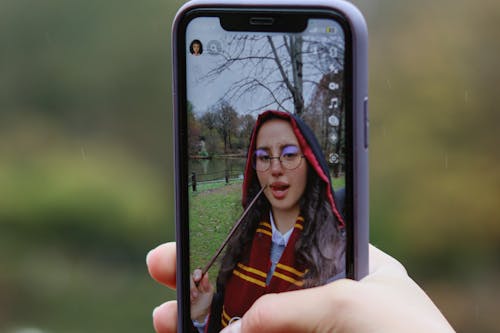
This one actually came true—sort of. In the 1960s, AT&T debuted the Picturephone, and people imagined a future where every call was face-to-face. It was a staple of sci-fi, from 2001: A Space Odyssey to Blade Runner. The idea was that video calling would be the norm, not the exception.
Today, we have FaceTime, Zoom, and a dozen other apps that make video calls easy. But most people still prefer texting or voice calls for everyday communication. Turns out, we don’t always want to be seen when we’re talking—especially in pajamas. So the tech is here, but the behavior didn’t quite follow the script.
7. We’d Eat All Our Meals in Pill Form

Mid-century futurists were obsessed with the idea of food pills. They imagined a world where you could pop a capsule and get all your daily nutrients—no cooking, no dishes, no mess. It was efficient, space-age, and perfect for astronauts or busy professionals. Even The Jetsons had food pills as a regular part of life.
But food turned out to be more than just fuel—it’s culture, comfort, and connection. While we have meal replacements like Soylent and protein bars, most people still prefer real meals. The joy of cooking and eating hasn’t gone away, and probably never will. So no, Thanksgiving dinner isn’t getting replaced by a handful of capsules anytime soon.
8. We’d Have Total Control Over the Weather
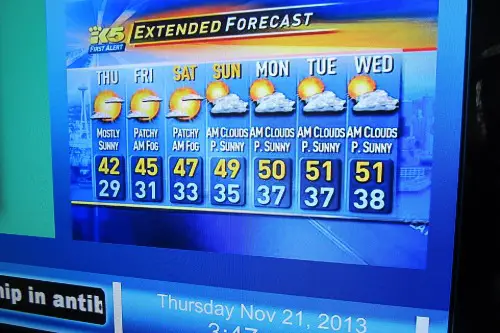
In the 20th century, weather control was seen as the ultimate power move. Scientists dreamed of ending droughts, steering hurricanes, and making it rain on command. The U.S. even experimented with cloud seeding during the Vietnam War. It was a mix of science, ambition, and a little bit of hubris.
But nature proved to be a lot more complicated than expected. While cloud seeding is still used in some places, large-scale weather control remains elusive. Climate change has made weather more unpredictable, not less. So instead of controlling the skies, we’re scrambling to adapt to them.
This post 8 Things Americans Used to Believe About the Future That Feel Totally Off Now was first published on American Charm.


